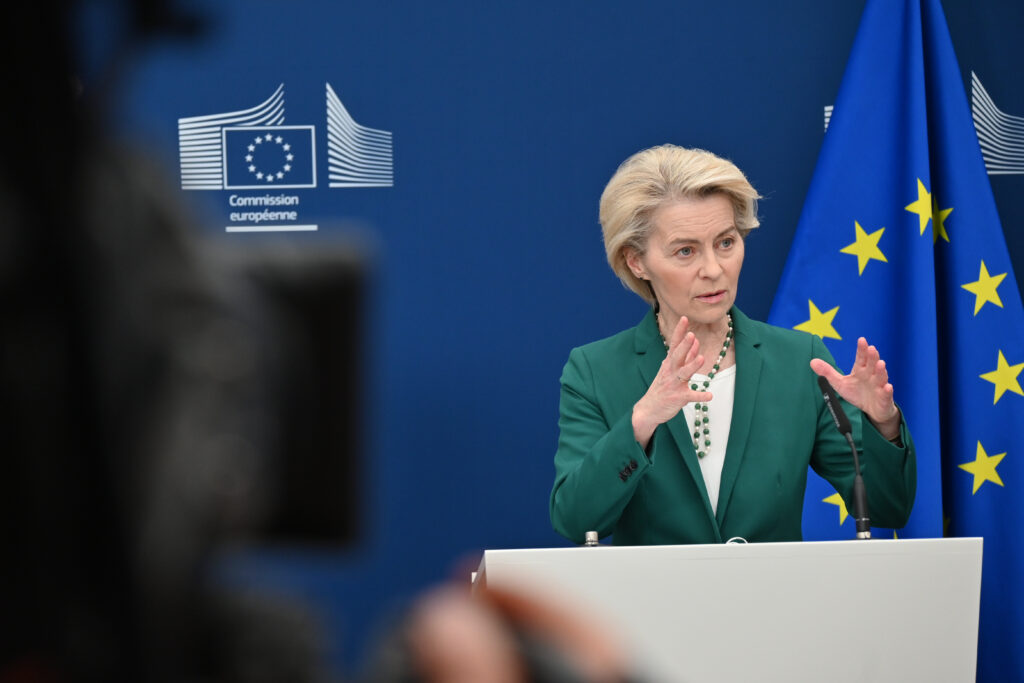The EU could respond to Trump's tariffs with a new 'anti-coercion instrument.' Here's what to know.
 https://www.atlanticcouncil.org/blogs/new-atlanticist/the-eu-could-respond-to-trumps-tariffs-with-a-new-anti-coercion-instrument-heres-what-to-know/
https://www.atlanticcouncil.org/blogs/new-atlanticist/the-eu-could-respond-to-trumps-tariffs-with-a-new-anti-coercion-instrument-heres-what-to-know/

In 2016, Europeans were taken by surprise when US President Donald Trump was elected and began challenging long-held assumptions about globalization and free trade. Consequently, the European Union (EU) was only able to respond to US tariffs in an ad-hoc manner. This time around, however, Brussels has prepared itself for a more contentious global economic order, developing an economic-security toolbox designed to deter third counties from “
coercing” the continent. While the tools were mainly formed with China’s unfair trading practices in mind, the EU is now considering whether to use them in response to the Trump administration’s declaration of “economic independence” and its latest round of “
liberation day” tariffs.
As part of the EU’s “
open strategic autonomy” strategy, the strongest card that the bloc has in its hand is the “anti-coercion instrument.” Confronted with Washington’s array of tariffs across three fronts—25 percent on automotive and car parts, 25 percent on steel and aluminum, and 20 percent “reciprocal” tariffs across the board—Brussels may soon be ready to play its newest ace.
What is the anti-coercion instrument?
The anti-coercion instrument was originally conceived as a deterrent against efforts by third countries to influence policy using economic leverage. It was in part
inspired by Washington’s use of Section 301 of the 1974 US Trade Act to apply trade-restrictive or interventionist measures to defend US commercial interests. Lithuania’s experience of a de facto Chinese embargo campaign in 2021
turbocharged the debate in Europe, underscoring the urgency to equip the EU’s existing toolbox with a more flexible and World Trade Organization–compatible defense instrument. Entered into force in late 2023, the framework is noteworthy for at least two reasons:
The tool has not been used before, and its powers are broad enough that it could take a number of different forms if implemented, some more severe, others less so. If, for example, the EU deployed a forceful use of the instrument against the United States, then it could restrict US banks’ access to the EU’s massive public procurement market, which is estimated to be worth over two trillion dollars per year (a
plan floated earlier this year in Brussels). It could also restrict US tech giants’ access to the lucrative European market. Either or both of these steps could lead to an unprecedented escalation of the trade war that Trump started.
What needs to happen before the EU deploys the instrument?...................
snip


